Presbyopia is a loss of the eye’s ability to focus on near objects. This phenomenon usually begins after 40 and is part of the normal ageing process. It occurs as result of the natural deterioration of the muscles due to ageing. The eye has a muscle, called the ciliary muscle, which adjusts the lens so that near objects can be seen clearly.
The ciliary muscle, like the rest of the muscles in the body, loses elasticity with the passing of time and, as a result, the ability of the lens to focus and see close objects well.
Two different techniques exist for the treatment of presbyopia.
PresbyLASIK
Using techniques to modify corneal asphericity by the selective treatment of particular ocular aberrations, it is possible to increase the eye’s depth of field thereby allowing the eye to focus for both near and far vision. This effect can be strengthened to optimise results using the monovision technique. The method consists of completely correcting the refractive error in the dominant eye so it can focus perfectly for distance vision, but in the other eye the refractive error is slightly under-corrected. In other words, the non-dominant eye is left slightly myopic and therefore able to focus for near vision. Before proceeding with this treatment an adaptation test is carried out using contact lenses.
Multifocal and adaptive lens implants
This treatment is appropriate for patients who are going to have a cataract operation or whose lenses have lost their focussing power as a result of their age, usually from around 55 years old. The implants replace the original lenses and are able to focus on both near and far objects allowing patients to see well at all distances.
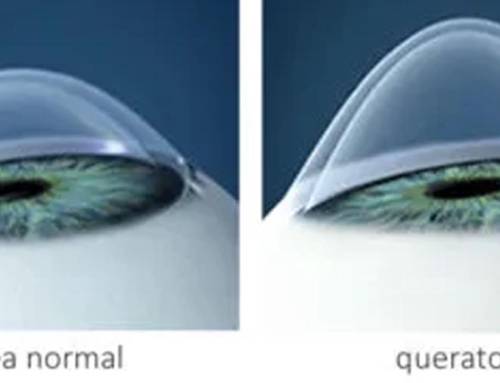
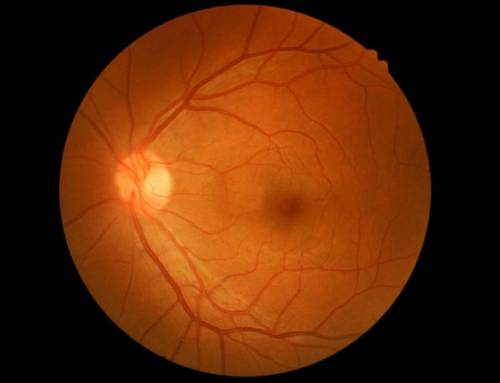
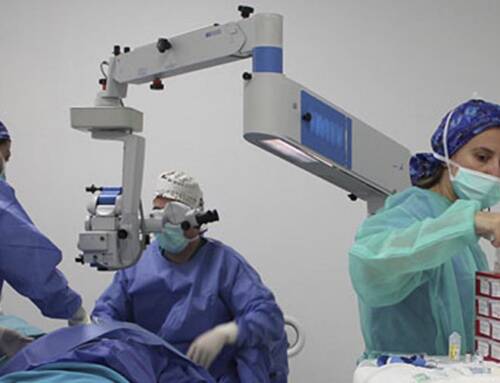
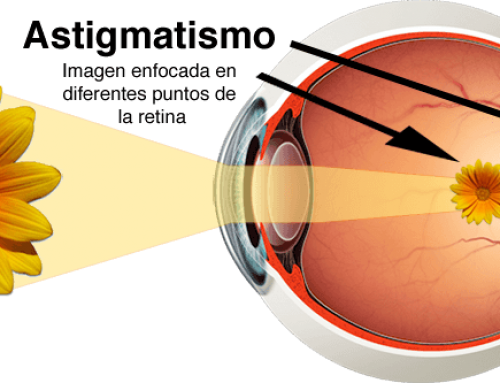
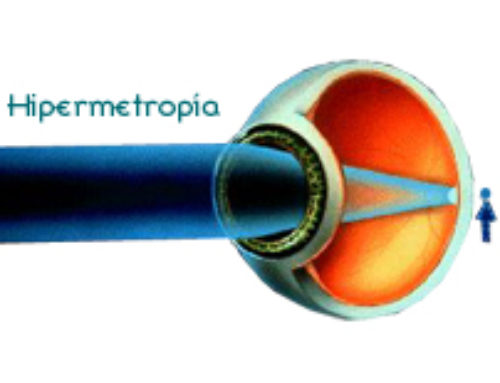
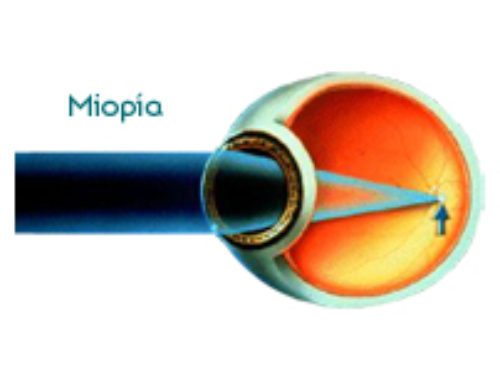
Leave A Comment